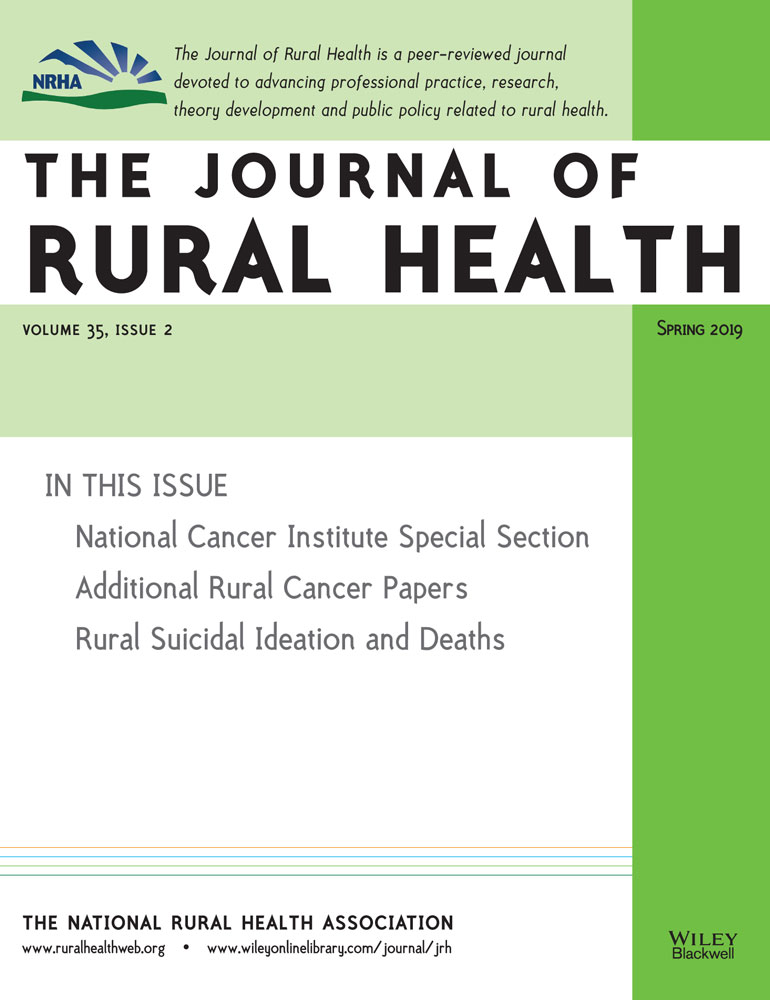Rural and Urban Differences in the Adoption of New Health Information and Medical Technologies
Conflicts of Interests: The authors declare no potential conflicts of interest.
Funding Information: National Cancer Institute supplement to Indiana University Cancer Center Grant (P30 CA082709-17S6), Indiana University Melvin and Bren Simon Cancer Center, Indianapolis, Indiana.
Abstract
Background
This statewide survey sought to understand the adoption level of new health information and medical technologies, and whether these patterns differed between urban and rural populations.
Methods
A random sample of 7,979 people aged 18-75 years, stratified by rural status and race, who lived in 1 of 34 Indiana counties with high cancer mortality rates and were seen at least once in the past year in a statewide health system were surveyed.
Results
Completed surveys were returned by 970 participants. Rural patients were less likely than urban to use electronic health record messaging systems (28.3% vs 34.5%, P = .045) or any communication technology (43.0% vs 50.8%, P = .017). Rural patients were less likely to look for personal health information for someone else's medical record (11.0% vs 16.3%, P = .022), look-up test results (29.5% vs 38.3%, P = .005), or use any form of electronic medical record (EMR) access (57.5% vs 67.1%, P = .003). Rural differences in any use of communication technology or EMRs were no longer significant in adjusted models, while education and income were significantly associated. There was a trend in the higher use of low-dose computed tomography (CT) scan among rural patients (19.1% vs 14.4%, P = .057). No significant difference was present between rural and urban patients in the use of the human papilloma virus test (27.1% vs 26.6%, P = .880).
Conclusions
Differences in health information technology use between rural and urban populations may be moderated by social determinants. Lower adoption of new health information technologies (HITs) than medical technologies among rural, compared to urban, individuals may be due to lower levels of evidence supporting HITs.




